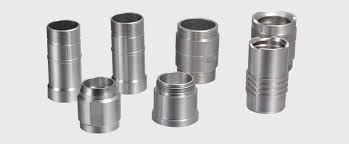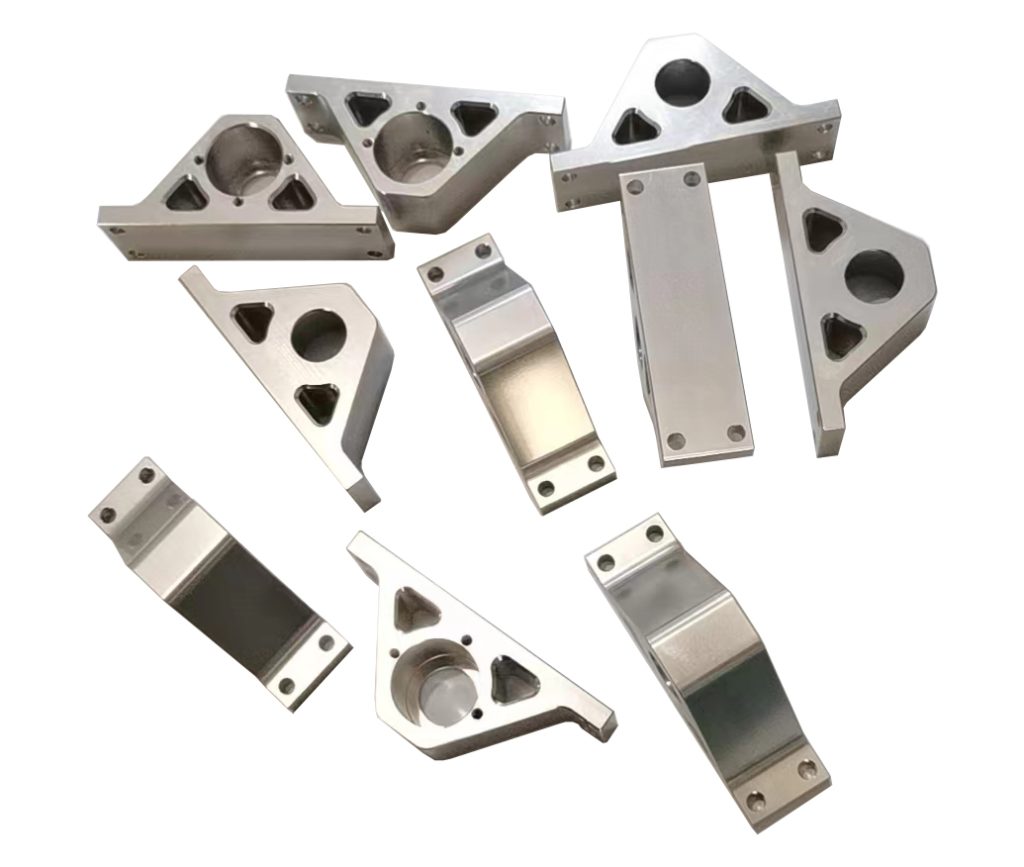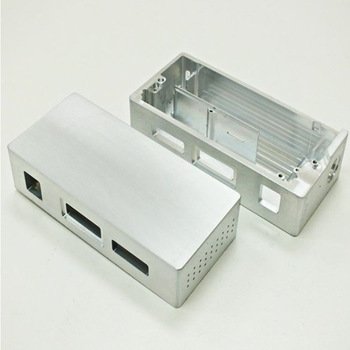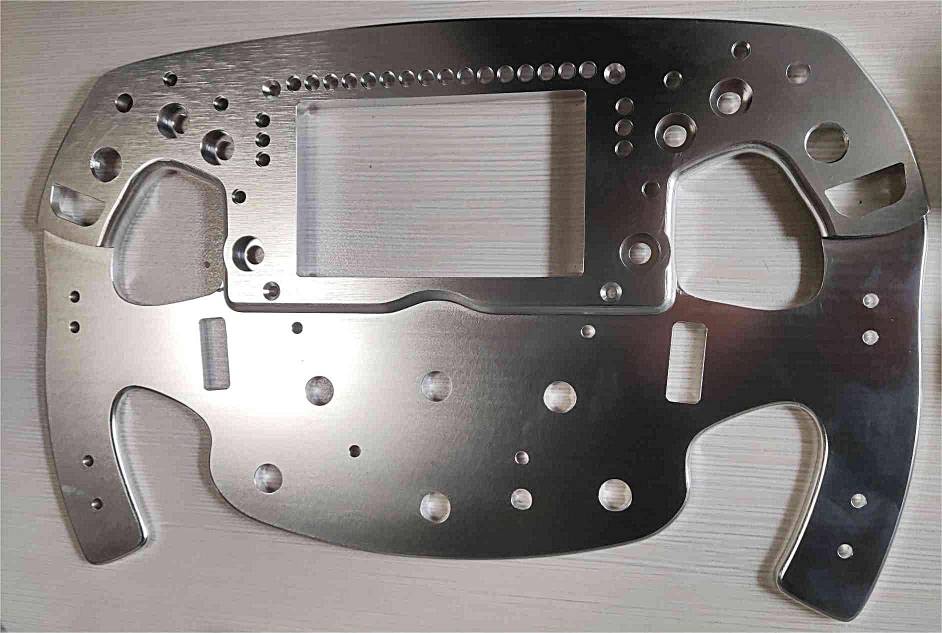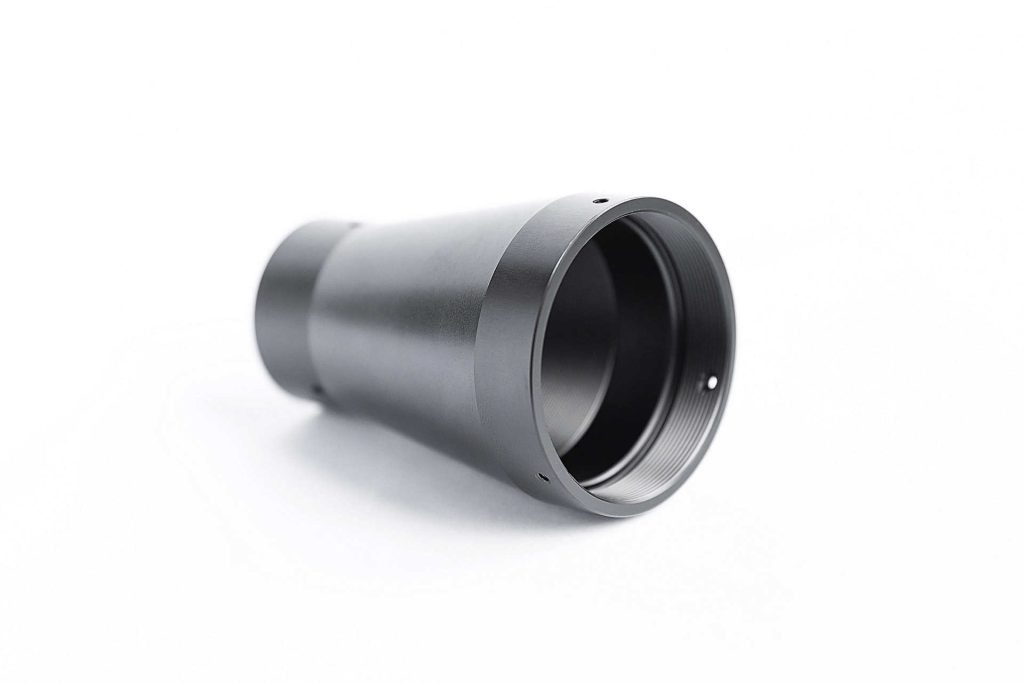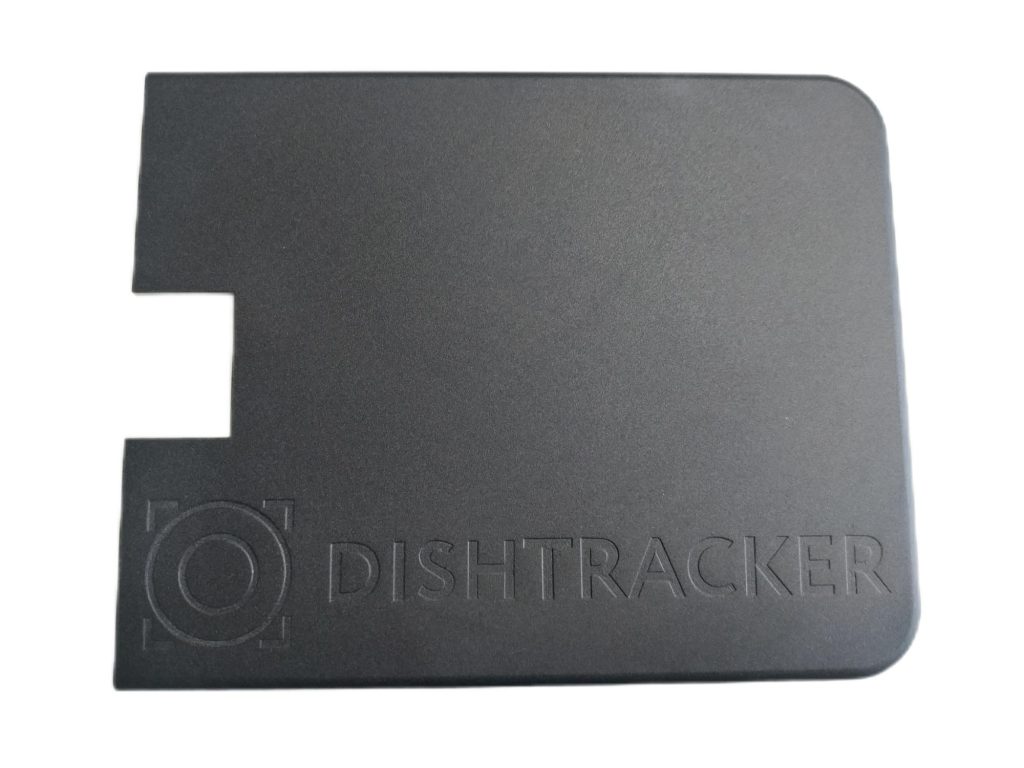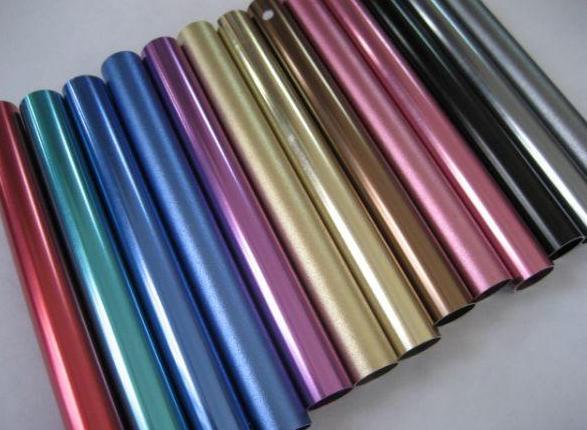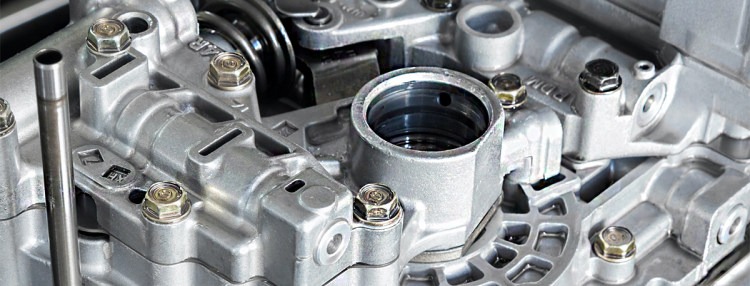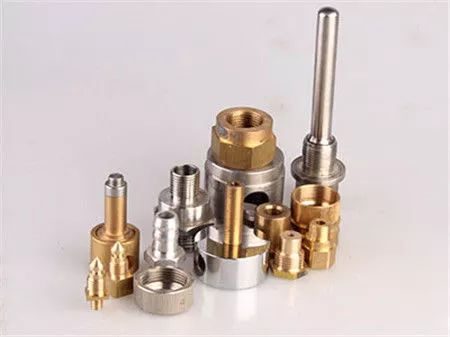CNC machining is a versatile process that can create a wide range of aluminum parts with precise dimensions and complex geometries. But the raw machined finish of aluminum may not always be ideal for the final product. This is where surface finishes come in. Surface finishes can significantly enhance the functionality, durability, and aesthetic appeal of CNC machined aluminum parts. This article explores the various surface finishes available for CNC machined aluminum parts, their benefits, and typical applications, providing a comprehensive guide to choosing the right finish for your needs.
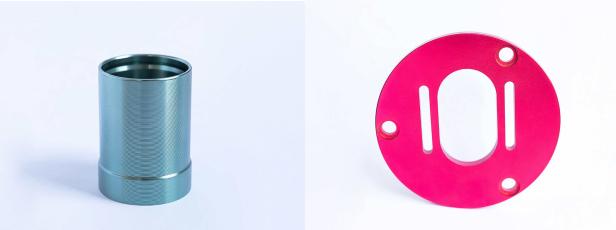
Importance of Surface Finishes
Surface finishes play a crucial role in the performance and longevity of CNC machined aluminum parts. Here are some key reasons why surface finishes are important from the perspectives of aesthetics, functionality, and protection:
Aesthetics:
- Enhanced Appearance: Surface finishes can significantly improve the visual appeal of aluminum parts. Finishes such as anodizing, powder coating, and polishing provide a variety of colors, textures, and shines, making parts more attractive and suitable for consumer products.
- Brand Image: High-quality finishes can convey a sense of professionalism and quality, enhancing the overall brand image and customer perception.
- Customizability: Different finishes allow for customization to match specific design requirements, ensuring that the final product aligns with the desired aesthetic.
Functionality:
- Wear Resistance: Certain finishes, such as hard anodizing and electroplating, increase the wear resistance of aluminum parts, extending their operational life in high-friction environments.
- Reduced Friction: Finishes like polishing and brushing can create smoother surfaces, reducing friction and improving the performance of moving parts.
- Improved Fit and Assembly: Precision finishes ensure that parts meet tight tolerances, facilitating easier assembly and better fit in mechanical systems.
Protection:
- Corrosion Resistance: Finishes such as anodizing, passivation, and chemical conversion coatings provide a protective layer that prevents oxidation and corrosion, especially in harsh environments.
- Chemical Resistance: Some surface finishes enhance the chemical resistance of aluminum parts, protecting them from damage caused by exposure to acids, alkalis, and other chemicals.
- Environmental Durability: Protective finishes shield parts from environmental factors like moisture, UV radiation, and temperature fluctuations, ensuring longevity and reliability.
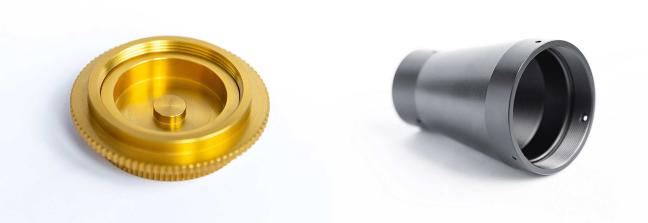
Common Types of Surface Finishes for CNC Machined Aluminum Parts
There are several surface finishes commonly used for CNC machined aluminum parts, each with its unique benefits and applications.
1. As-Machined Finish
This is the default finish where the part is left as it is after machining. It typically has visible tool marks and a matte appearance.
Applications and Benefits: Ideal for parts where aesthetics are not a primary concern but dimensional accuracy and functionality are cost-effective and quick.
2. Bead Blasting
Involves blasting the part with small glass beads to create a uniform matte texture.
Applications and Benefits: Used for aesthetic purposes to create a smooth, matte finish. Common in consumer products and decorative components.
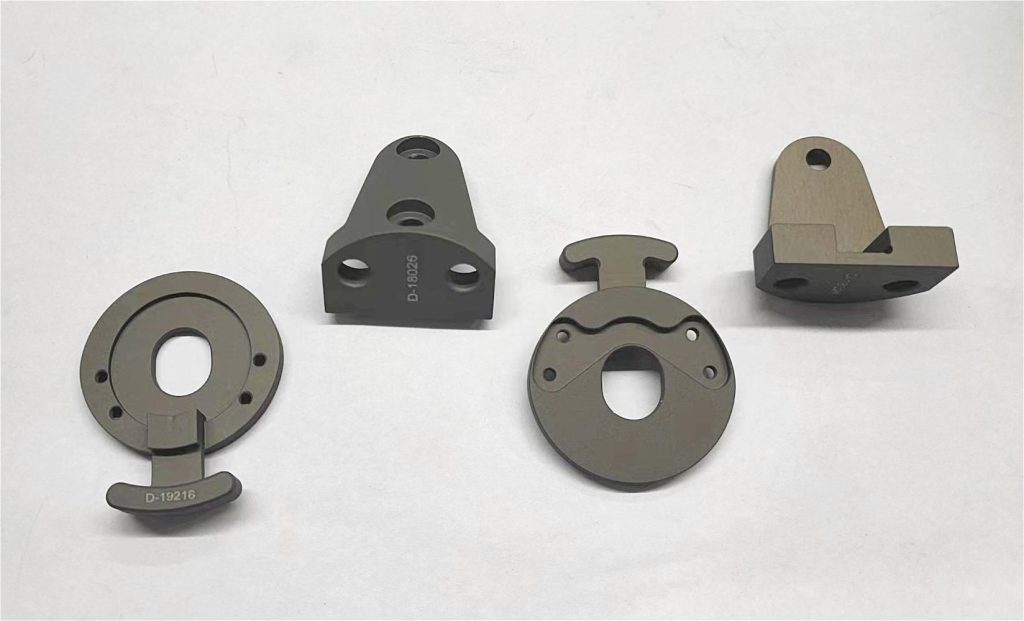
3. Anodizing
Electrochemical process that forms a protective oxide layer on the surface.
Types: Type I (Chromic Acid), Type II (Sulfuric Acid), Type III (Hard Anodizing)
Applications and Benefits: Enhances corrosion resistance, wear resistance, and provides a decorative finish. Widely used in aerospace, automotive, and consumer electronics.
4. Powder Coating
Involves applying a dry powder to the part and then curing it under heat to form a hard, durable coating.
Applications and Benefits: Provides a robust, decorative finish with excellent corrosion resistance. Common in automotive and industrial applications.
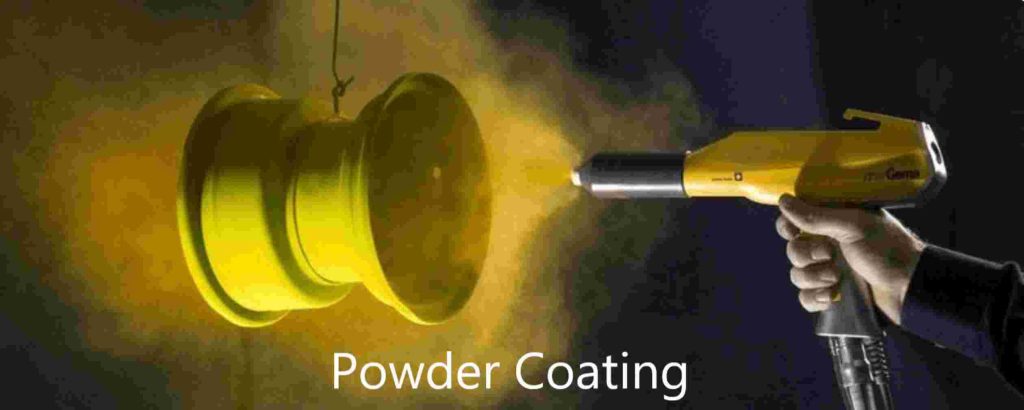
5. Electroplating
Process of depositing a layer of metal onto the part using an electric current.
Types: Chrome plating, Nickel plating
Applications and Benefits: Enhances corrosion resistance, wear resistance, and improves electrical conductivity. Used in automotive, aerospace, and decorative applications.
6. Brushing
Creates a unidirectional satin finish by rubbing the surface with an abrasive.
Applications and Benefits: Offers a decorative finish with a textured appearance. Common in household appliances and consumer electronics.
7. Polishing
Involves mechanically rubbing the part to create a smooth, shiny surface.
Applications and Benefits: Improves aesthetic appeal and creates a reflective surface. Used in automotive, jewelry, and decorative parts.
8. Passivation
Chemical treatment that removes contaminants and forms a protective oxide layer.
Applications and Benefits: Enhances corrosion resistance without affecting the part’s appearance. Parts often used in medical, aerospace, and food processing industries.
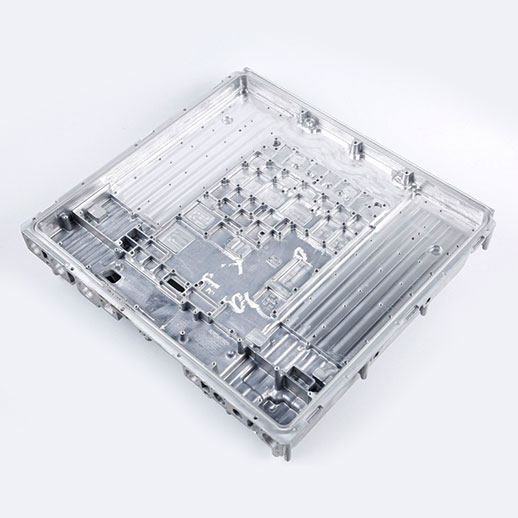
9. Chemical Conversion Coating (Alodine)
Chemical treatment that forms a protective chromate conversion coating.
Applications and Benefits: Improves corrosion resistance and provides a good base for paint. Used in aerospace and military applications.
Choosing the Right Surface Finish
Selecting the appropriate surface finish depends on several factors:
- Functionality and Performance Requirements: Consider the mechanical and environmental demands on the part.
- Aesthetic Preferences: Decide if the visual appearance is a priority.
- Environmental Conditions: Account for exposure to elements such as moisture, chemicals, and temperature.
- Cost Implications: Evaluate the cost-effectiveness of each finishing process.
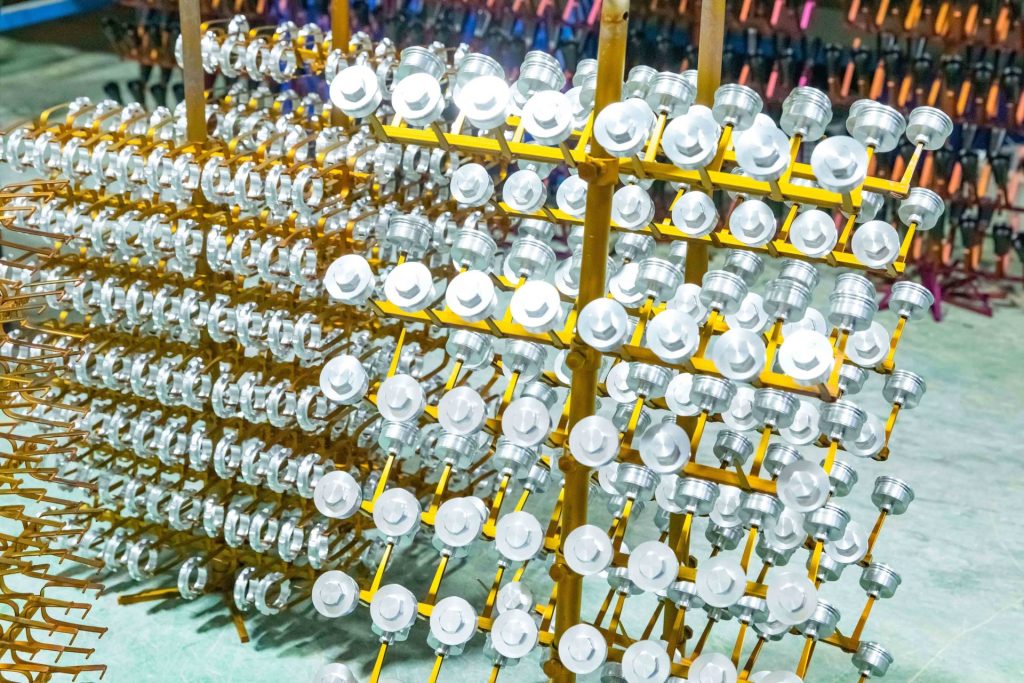
Surface Finished CNC Aluminum Parts Manufacturer – JTR
When it comes to high-quality CNC machined aluminum parts with a variety of surface finishes, JTR is a leading manufacturer in China. JTR specializes in providing customized solutions to meet specific requirements across different industries. With advanced machinery and skilled professionals, JTR ensures precision, quality, and timely delivery of finished products. Their range of services includes as-machined, bead blasting, anodizing, powder coating, electroplating, and more, catering to the diverse needs of their clients.
In conclusion, understanding the available surface finishes for CNC machined aluminum parts is essential for achieving the desired performance and aesthetic results. By considering the specific requirements of your application, you can select the most suitable finish to enhance the functionality and appearance of your parts.


